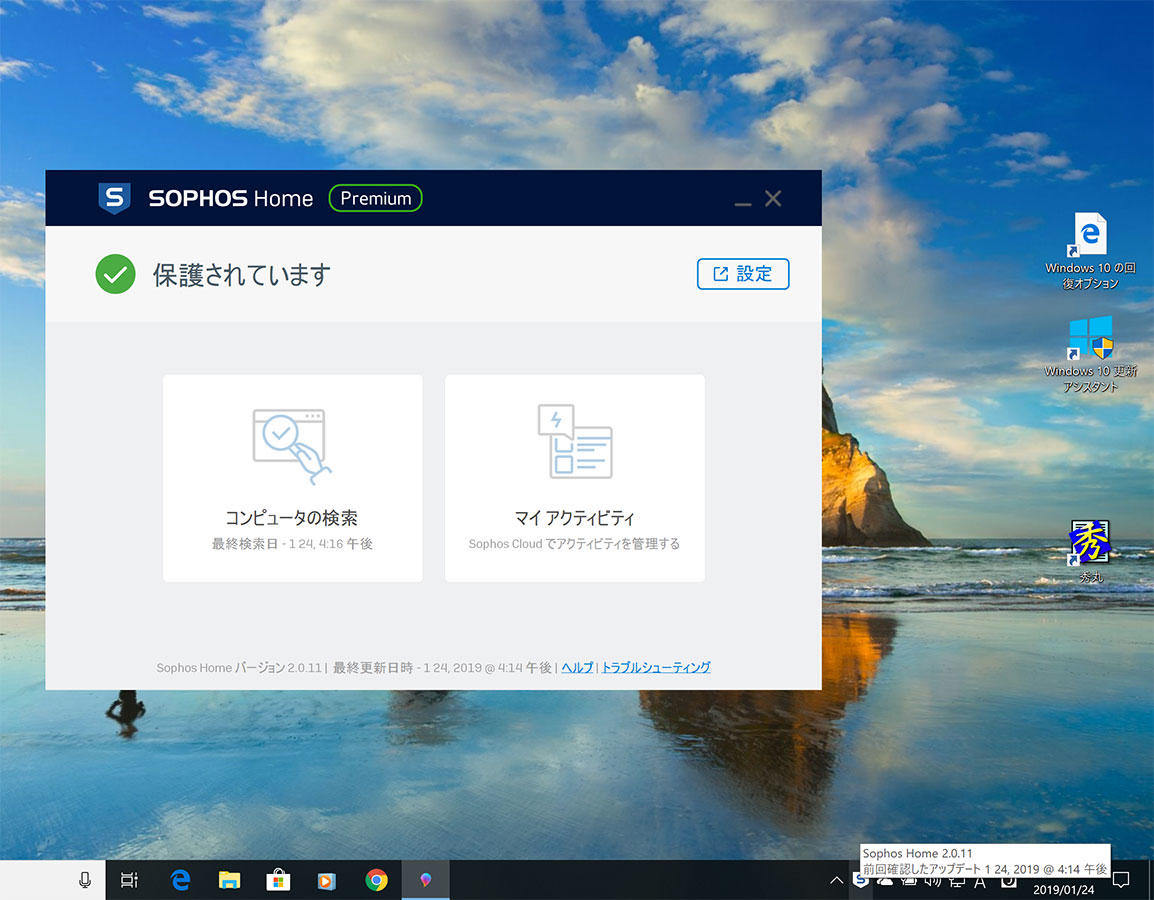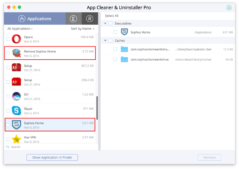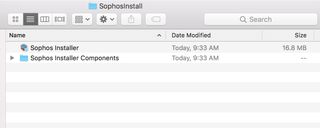
- #SOPHOS ANTIVIRUS MAC TWO APPS RUNNING HOW TO#
- #SOPHOS ANTIVIRUS MAC TWO APPS RUNNING INSTALL#
- #SOPHOS ANTIVIRUS MAC TWO APPS RUNNING UPDATE#
- #SOPHOS ANTIVIRUS MAC TWO APPS RUNNING SOFTWARE#
- #SOPHOS ANTIVIRUS MAC TWO APPS RUNNING CODE#
#SOPHOS ANTIVIRUS MAC TWO APPS RUNNING INSTALL#
#SOPHOS ANTIVIRUS MAC TWO APPS RUNNING CODE#
The pre-uninstall script must have an exit code of zero ( 0) for the uninstall to proceed.
#SOPHOS ANTIVIRUS MAC TWO APPS RUNNING SOFTWARE#
This can be useful for applying configurations after the software completes the installation.
#SOPHOS ANTIVIRUS MAC TWO APPS RUNNING UPDATE#
With Workspace ONE UEM, administrators can configure Volume-Purchased apps to update on a one-time basis or automatically. While end-users may have the ability to perform the application updates, they may not perform the updates consistently as desired by the organization's administrator(s). Put differently, Workspace ONE administrators must update pre-existing application installs as developers publish updated application versions in the App Store. However, on the following Monday (and going forward until the next version update), any devices where Workspace ONE UEM triggers an application install would install version 1.1. Any device where Workspace ONE UEM triggers an application install from Monday through Sunday would install version 1.0. Imagine the following scenario where the current App Store version of an application is 1.0 on Monday, but then becomes 1.1 on the following Monday. Volume-purchased applications (iOS, macOS, and tvOS) always install the current App Store version of the application at the time the install occurs.


Configuring the Hub Services App Catalog.

#SOPHOS ANTIVIRUS MAC TWO APPS RUNNING HOW TO#
To learn how to connect through a proxy network, visit this article. Give permissions to the “.dropbox.cache”, “dropboxupdate.exe”, and “%TEMP%” folders.On Windows computers, allow “Dropbox”, “Dropbox.exe”, and “DropboxUpdate.exe”.On Mac computers, allow “Dropbox”, “DropboxMacUpdate”, “Dropbox Web Helper”.Allow the following processes to run in your firewall or security software:.Allow Dropbox access to ports 80 (HTTP) and 443 (HTTPS), and 1763 (to open files in third party applications).Update your security application to the latest version.You may be prompted to do so when you download the Dropbox desktop app. The terminology for this action will vary depending on your software. Whitelist, ignore, or allow Dropbox in your security software’s settings.If you have additional firewall, security, or antivirus, your steps to allow Dropbox permissions will vary depending on your operating system and software, but these are the general steps you can take: The Dropbox desktop app doesn’t require any additional permissions on a standard Windows or Mac operating system with no additional firewall, security applications (such as ESET), or antivirus software.


 0 kommentar(er)
0 kommentar(er)
